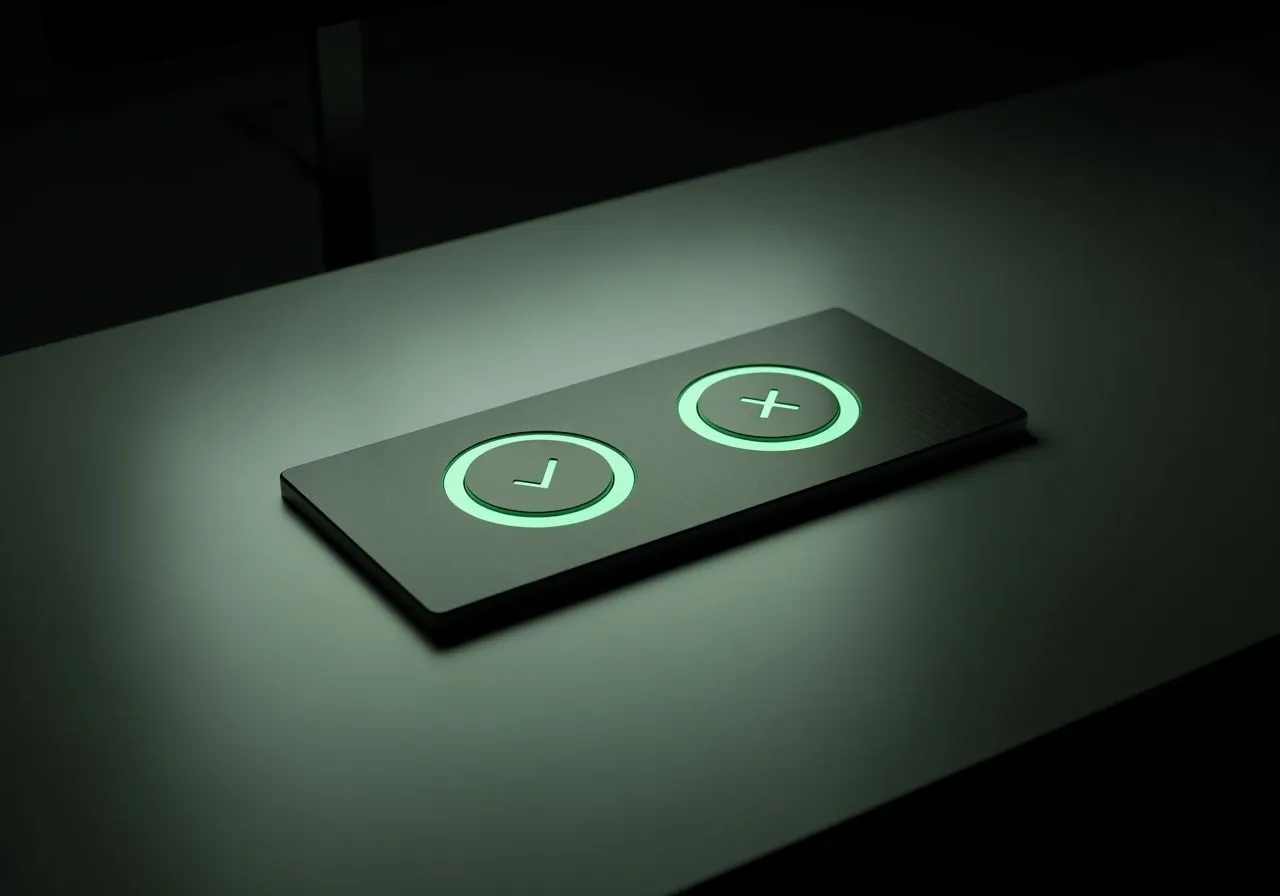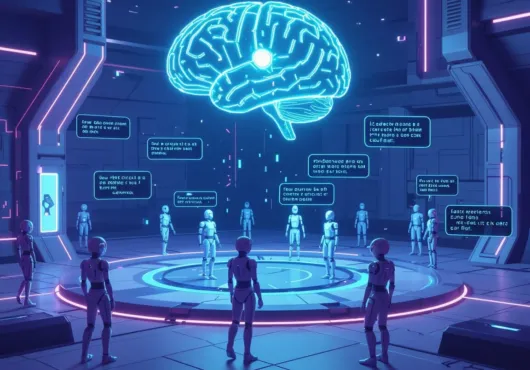Trust is earned in pennies and lost in wire transfers. Here’s the repair kit.
August field notes: the gloss got glossier, the traps got dumber, and the only honest person in the room was the network tab.
The worst August patterns: vanishing “no,” bundled “better,” scammy trials, zombie emails, privacy theater.
Fixes you can ship today: symmetric choices, atomic asks, durable OFF, honest trials, server-side gating.
If your growth plan needs trick doors, you don’t have a product problem—you are the problem.
Five dark moves. Five fixes you can ship by lunch.
Every team claims “best experience,” but most are just perfecting the art of getting the yes without asking a real question. You don’t need another sermon—you need receipts and repairs. Here they are.
Field Notes: the five worst offenders we saw
The Disappearing Decline. Bottom sheets that lock scroll until you hit the big neon “Continue,” while the “No thanks” is off-color, off-corner, and sometimes off-screen. Hit the ✕? Surprise: same as yes, just slower.
The Pre-Checked “Better Experience” Bundle. One cheerful toggle that “improves results,” quietly enabling analytics, marketing pings, and model training. Your data goes on tour, your settings throw confetti.
Trial Roulette. “7-day free trial” that starts billing at 6:00 a.m., time zone optional. Cancellation hides behind a login bounce plus a “Tell us why” essay prompt. The meter keeps running while you type.
Ghost Unsubscribe. The email promises a one-click break-up. The link opens a preference labyrinth where “Unsubscribe all” turns into five separate newsletters plus “partners.” Miss a box? See you next Tuesday.
Privacy Theater. The cookie banner beams “choices.” After “reject,” the page loads fingerprint fallbacks (canvas, fonts), AB tests your refusal, and still phones three CDNs. The modal is Broadway; the wires are Vegas.
Ship It: five friction fixes (you can deploy today)
Symmetric decisions. If “Allow” is a big button, “No” is a big button. Same size, same color, same path length. One click in, one click out.
Atomic requests. One permission, one reason, one screen. No bundling. No “improve experience” catch-alls. Link to a plain-language policy that names every third party.
Durable OFF. When users say no, persist it across updates, reinstalls, and cross-device sync. Migration code must copy declines first; re-prompts require explicit justification.
Truth in trials. Live countdown on the paywall, 72- and 24-hour heads-ups, cancel from mobile with zero essay questions. No charge until the button says so—down to the minute and timezone.
Server-side gating. Don’t even load trackers or SDKs until a valid “on” exists. No fingerprint fallsbacks after a “no.” Log proof. Expose it in a compliance tab users can screenshot.
This is product, not paperwork
Legal fine print won’t save a dishonest flow. People don’t read EULAs at the door; they read vibes. If your first ten seconds feel like a hustle, they’ll treat the entire product like a hustle. Trust is cumulative in pennies and lost in wire transfers. You can buy installs with dark UX, but you’ll pay churn tax forever.
The fix isn’t spiritual, it’s mechanical: make bad outcomes impossible in code. That means refusing to ship UI that requires users to know the trick to avoid it. It means your growth metrics eat last, not first. And it means the PM who keeps A/B testing gray links against neon buttons needs a new KPI: user keeps dignity.
Measuring if you actually grew up
Look at re-enable rates after declines. If users keep re-switching OFF every update, you’re not “iterating,” you’re nagging. Watch refund velocity post-trial. If cancellations cluster exactly 7–9 days in, your flow is hostage-taking, not value. And track support tickets that start with “I thought I turned this off.” That’s product debt with interest.
Why this matters (beyond the fines)
Dark patterns don’t just squeeze wallets—they train people to ignore their instincts. Every “close equals accept,” every “reject equals try again later,” nudges the brain to stop pausing before a decision. That pause is where trust lives. Kill it enough times and you’ll have a perfectly smooth funnel that leads straight to a perfectly empty relationship.



